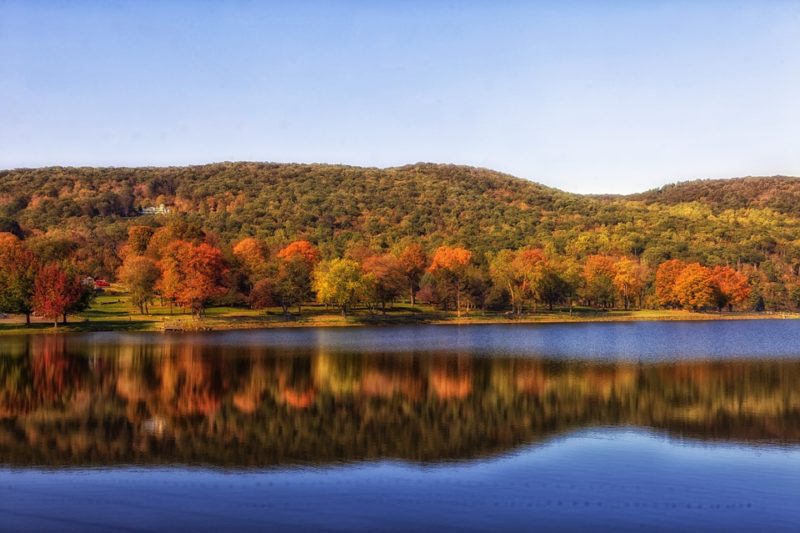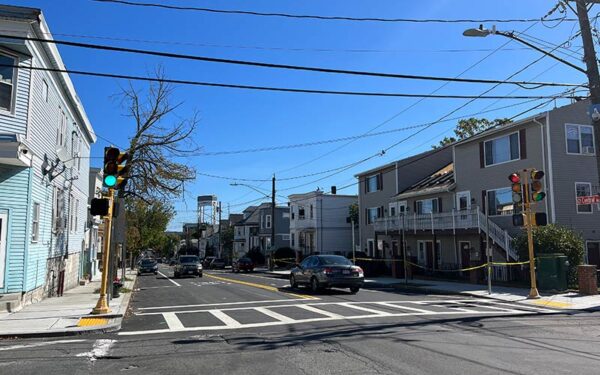
Utilities shelved the proposed pipeline expansion due to lack of funds. Photo: Squantz Pond Connecticut via Creative Commons
At the end of June, Eversource and National Grid — two of New England’s biggest utilities — along with pipeline operator Enbridge, withdrew plans for a $3.2 billion natural gas pipeline known as Access Northeast. The companies have been pushing for this dirty fossil fuel pipeline for years, and wanted New England families and businesses to pay for it. But CLF and others fought back against this unnecessary project and unwanted burden on New England families, and last August Massachusetts’ highest court ruled that residents could not be charged a pipeline tax to cover its costs. Other New England states soon followed in rejecting the pipeline and its illegal financing scheme.
The Death of a Pipeline
Once the utilities realized that they couldn’t take money from New Englanders to line their pockets and build this pipeline, they withdrew their plans. While they haven’t completely given up, the companies have tabled the project until they can find a way to pass along the costs.
But the tide is turning against dirty pipelines. Last year, another major fossil fuel project was also put on hold due to a lack of funds. Kinder Morgan had intended to build a huge pipeline stretching from Pennsylvania to Eastern Massachusetts, but withdrew its proposal after serious opposition from CLF, Massachusetts and New Hampshire residents, and other environmental groups.
New England doesn’t need either pipeline. While gas companies and pipeline operators may grumble about grid reliability and having enough power for peak demand, New England’s grid operator (ISO-NE) already buys roughly 21% more power than the region needs even for the hottest summer days and the coldest winter nights.
A Renewed Focus on Renewables
What’s more our ever-growing need for more energy has been halted. Thanks to energy efficiency measures like LED light bulbs and efficient office buildings, regional demand for electricity is actually declining. So while we all may have more devices that suck power from the grid, efficiency programs are helping us manage this demand. And if we do need more power in the coming years, we can look to renewable energy like solar and wind, which are already in development across the region.
For example, Connecticut is in the process of approving a few large-scale solar projects, and Massachusetts just released a request for bids for a massive offshore wind facility (or facilities) that would ultimately generate enough energy to power half a million homes and businesses. Maine and New Hampshire both recently passed legislation that would help encourage the growth of solar power in their states as well. Even National Grid is recognizing that renewables are the future, as evidenced by its $100 million investment in solar energy this year.
The future of power in New England is clear: more renewable energy like solar and wind, and no new investment in aging, dirty infrastructure like oil and gas. To accomplish this though, we’ll need to incorporate clean energy sources more fluidly into our electricity grid. By modernizing our grid to better incorporate more renewables, New Englanders will benefit from better air, lower electricity bills, and fewer harmful greenhouse gas emissions.
New England is moving on from polluting fossil fuels like coal, oil, and natural gas. Now is not the time to build more dirty energy infrastructure. Instead, it’s time to double down on home-grown clean energy resources and prepare for our healthier future.



